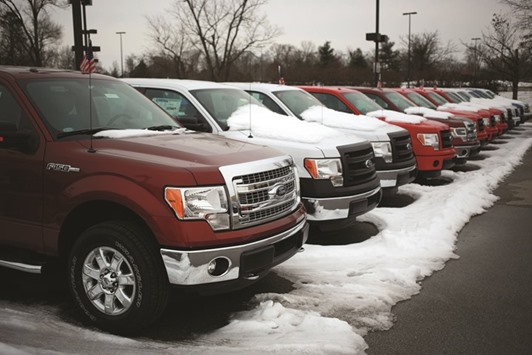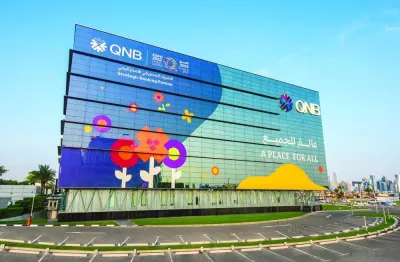Forget about Opec to prop up oil prices.Think instead about the gas-guzzling Ford F150 pick-up truck, which topped US vehicle sales last year. And the Honda Activa scooter, the best selling two-wheeler in India, where demand is soaring. If anyone is going to save the oil market, they are.
As a deal among producers to freeze crude output failed last weekend, bullish energy investors should look to gasoline as the main source of strength. From India to the US, gasoline consumption is rising, fuelled by consumers buying more and bigger vehicles - and driving more than ever.
“It’s so cheap that it spurs demand,” said Mike Loya, a senior executive at Vitol Group, the world’s largest independent oil trading house, in Houston.
Global gasoline use will climb this year by 600,000 bpd, accounting for half of the total increase in oil demand, according to the Paris-based International Energy Agency. That’s higher than in 2015, when gasoline accounted for 44% of the total.
After surging 2.7% in 2015, US gasoline demand is projected to climb 1.4% to 9.29mn bpd this year, matching the 2007 peak, according to the US Energy Information Administration.
“Gasoline remains the star performer in global oil demand,” said Matthew Parry, an analyst at the IEA in Paris who tracks consumption patterns. Still, he cautioned that the “rampant” growth of 2015 has moderated.
In the meantime, consumers are acting as though low prices are here to stay.
The 2015 F-150, which gets as few as 13 miles to the gallon, was the top selling vehicle in the US last year, according to GoodCarBadCar.net, which tracks sales. In India, sales of two-wheel scooters topped 450,000 in March and are up about 31% in the past year, according to the Society of Indian Automobile Manufacturers.
For refiners from Valero Energy Corp, the largest in the US, to Reliance Industries Ltd, which operates the world’s biggest refinery in Jamnagar, India, the jump in gasoline is fattening margins at a time when the energy industry is struggling with low prices. Since January 2015, gasoline futures in New York have increased by more than 2%, compared with a drop of more than 20% for West Texas Intermediate crude, the US benchmark.
As the unemployment rate falls and the economy strengthens, US vehicle sales have recovered to levels last seen before the global financial crisis and motorist are driving more than ever, according to Department of Transportation data. That’s confounding expectations that demand would decline after 2007 as more efficient, smaller cars curbed consumption. The US unemployment rate fell to 4.9% in January, the lowest in almost 8 years.
US demand for motor fuel typically peaks between the Memorial Day holiday in late May and Labor Day in early September, when Americans traditionally take vacations. Refiners use more crude as they increase operating rates to meet the extra demand.
“We can anticipate a seasonal rise in demand between now and July or August,” said Tim Evans, an energy analyst at Citi Futures Perspective in New York. “It could spark a rally that takes the rest of the market higher.”
In India, gasoline demand is setting records, drawing parallels to the explosion in the growth of Chinese oil consumption in the early part of the century.
The size of India’s vehicle fleet has doubled between 2007 and 2015, transforming the Asian economy into the world’s sixth largest car market, according to Amrita Sen, chief oil analyst at Energy Aspects Ltd, a London-based consulting firm.
“Naturally, gasoline demand growth has skyrocketed and we believe gasoline demand will continue to grow at double digit rates over the next five years,” Sen said.

A row of 2015 Ford Motor F-150 trucks are displayed for sale at a car dealership in Louisville, Kentucky, US in this photo taken on February 25, 2015. The 2015 F-150, which gets as few as 13 miles to the gallon, was the top selling vehicle in the US last year, according to GoodCarBadCar.net, which tracks sales.


